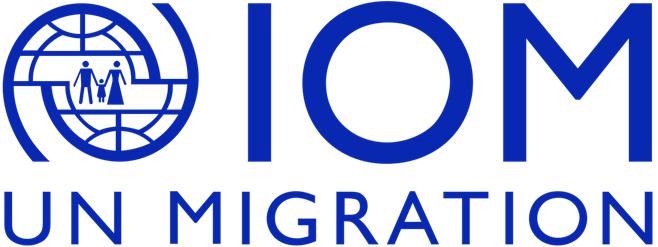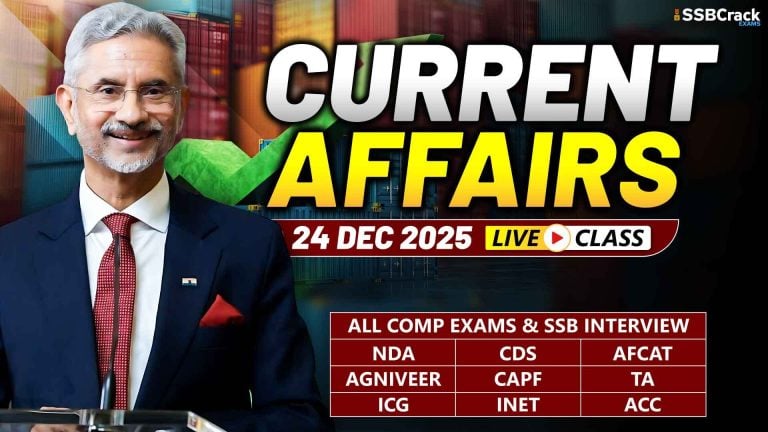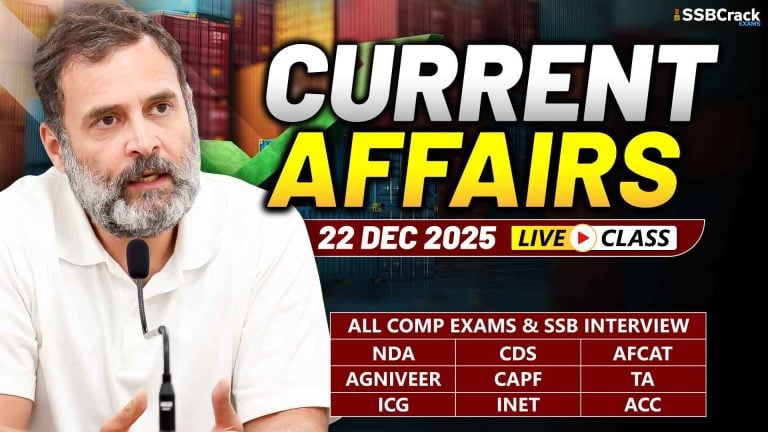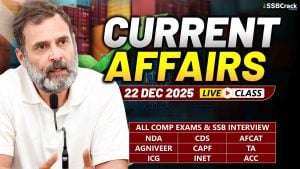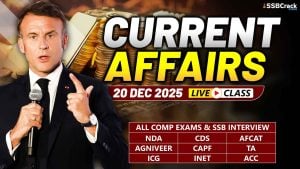More than 300 people were killed in flash floods that ripped through multiple provinces in Afghanistan, the UN’s World Food Programme said, as authorities declared a state of emergency and rushed to rescue the injured.
Afghanistan Flash Floods
Why In News
- More than 300 people were killed in flash floods that ripped through multiple provinces in Afghanistan, the UN’s World Food Programme said, as authorities declared a state of emergency and rushed to rescue the injured.
What Are Flash Floods
- The Flash floods are sudden and rapid floods that occur within a short period, typically within hours of heavy rainfall or other intense water accumulation events.
- According to the US’s meteorological agency, the National Weather Service, flash floods are caused when rainfall creates flooding in less than 6 hours.
- They are characterized by a swift rise in water levels in rivers, streams, or urban areas, often with little to no warning.
- Apart from heavy rain, flash floods can also be caused by dam or levee failures, ice or debris jams, or sudden release of water from natural reservoirs such as glacial lakes.
- In India, flash floods are often associated with cloudbursts – sudden, intense rainfall in a short period of time.
- Factors such as the intensity and duration of rainfall, the steepness of terrain, the nature of the soil, and the presence of man-made structures that impede water flow are also responsible for flash floods.
All You Need To kNow
- Many people remained missing after heavy rains sent roaring rivers of water and mud crashing through villages and across agricultural land in several provinces, causing what one aid group described as a “major humanitarian emergency”.
- Survivors picked through muddy, debris-littered streets and damaged buildings on Saturday as authorities and non-governmental groups deployed rescue workers and aid, warning that some areas had been cut off by the flooding.
- Northern Baghlan province was one of the hardest hit, with more than 300 people killed there alone, and thousands of houses destroyed or damaged, according to the World Food Programme.
- “On current information: in Baghlan province there are 311 fatalities, 2,011 houses destroyed and 2,800 houses damaged,” said Rana Deraz, a communications officer for the UN agency in Afghanistan.
- There were disparities between the death tolls provided by the government and humanitarian agencies.
- The UN’s International Organisation for Migration said that there were 218 deaths in Baghlan. Abdul Mateen Qani, spokesman for the interior ministry, told Agence France-Presse that 131 people had been killed in Baghlan, but that the government toll could rise.
- Another 20 people were reported dead in northern Takhar province and two in neighbouring Badakhshan, he added.
- Torrential rains caused heavy damage in Baghlan, Takhar and Badakhshan, as well as western Ghor and Herat provinces, officials said, in a country racked by poverty and heavily dependent on agriculture.
- Emergency personnel were rushing to rescue injured and stranded Afghans. The air force said it had started evacuation operations as skies cleared on Saturday, adding that more than 100 injured people had been transferred to hospital.
- “By announcing the state of emergency in [affected] areas, the ministry of national defence has started distributing food, medicine and first aid to the impacted people,” it said.
- A vehicle laden with food and water was seen in Baghlan’s Baghlan-i-Markazi district, as well as others carrying the dead to be buried.
- The UN secretary general, António Guterres, “expresses his solidarity with the people of Afghanistan [and] extends his condolences to the families of the victims”, said his spokesperson, Stephane Dujarric, adding that the UN was working with local authorities on providing assistance.
- The International Rescue Committee (IRC) was also preparing a rapid response, adding that the floods should act as an “alarm bell” reminding world leaders and donors not to forget a country devastated by decades of conflict and beset by natural calamity.
- “These latest floods have caused a major humanitarian emergency in Afghanistan, which is still reeling from a string of earthquakes” this year and severe flooding in March, IRC country director Salma Ben Aissa said.
- Since mid-April, flash flooding and other floods had left about 100 people dead in 10 of Afghanistan’s provinces, authorities said.
- Farmland has been swamped in a country where 80% of the more than 40 million people depend on agriculture to survive.
- Afghanistan – which had a relatively dry winter, making it more difficult for the soil to absorb rainfall – is highly vulnerable to climate change.
- The nation, ravaged by four decades of war, is one of the world’s poorest and, according to scientists, one of the worst prepared to face the consequences of global warming.






